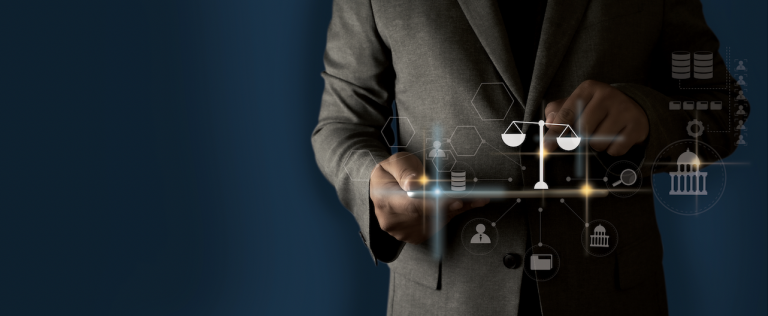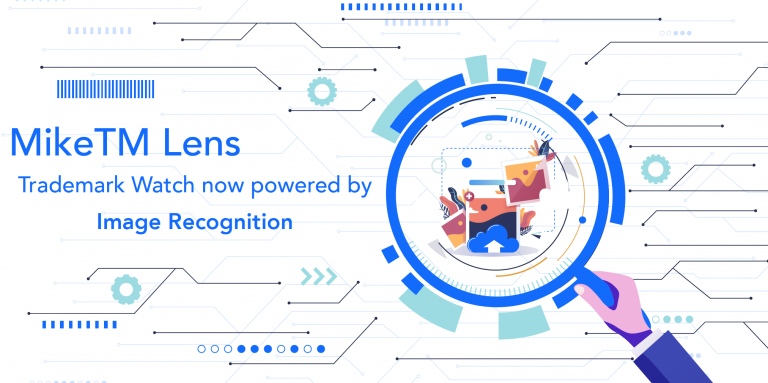Why does the Indian Legal Fraternity Need A LegalTech Upgrade?
There are roughly 600,000 lawyers in India making it the world’s second-largest arena for legal professionals. This arena is shared by both individual lawyers and law firms (large or small size). While this populace is constantly on the rise, the world is getting closer by the day, thanks to globalisation. Soon enough a time shall come when the legal fraternity in India will see them rise above not only their domestic counterparts compete but with global law firms too. This is where legal tech comes into play.
Legal technology or legal tech is the use of information technology and software to provide legal services. These services can be anything from public search software to due diligence and client management or even formatting tools. There is no constricting space where the application of technology cannot be said to be useful in the legal work sphere.
But why do we need Legal Tech?
Simply put, legal tech increases efficiency, reduces the burden and allows for the firm or lawyer to capitalise further on the time and energy saved. Let’s take a task like public searches of trademark for instance. A public search for a trademark is a tedious process when done the normal way through the IP India website. There are forty-five classes of trademarks that need to be fed into the search database individually every time a new search is done. Moreover, we need to go to a new page to see all the details of the trademarks. What we are looking at is approximately two hours of work for something as simple as figuring out whether a proposed mark or something similar to it, has already been registered or not. Through the use of AI-based software like MikeLegal’s MikeTM Search, the same tedious task is reduced to less than ten minutes. It allows users to custom feed data of proprietors, classes and other requisites and produces a one place report with all relevant information in a matter of minutes. This is one of the many examples of how the use of legal tech holds the key to the future of the legal work sphere. It gives you the gift of time, whether to be used in professional or personal work.
The second big advantage of Legal Tech is efficiency. I shall lead with another example here, that of the Mike DocuSieve, an AI-powered proofreading add-on developed by MikeLegal. Proofreading is perhaps the most important yet dreaded task that any firm or lawyer has to undertake. Be it contracts, notices, plaints or any other document, their quality represents the face of the firm to the client. Especially with voluminous documents containing cross-references and innumerable placeholders, proofreading becomes a tricky task. Here’s where software like DocuSieve excels. Machines don’t miss the things that human eyes do. Essentially, they minimize the risk of human error from working. They make drafts more efficient, comprehensive and clear while minimising the labour that goes into preparing them. Be it a law firm or an independent lawyer, the usage of legal tech in this space adds to the quality of work that is being done.
But I Already Have Juniors to Do This Type of Work
The generic practice in the Indian legal sphere is to offload the mundane work to junior associates and interns. One of the harsh realities of law firms is that interns are put to the use of reviewing and proofreading drafts or even just doing clerical work for the most part. This may be a solution for the top brass but it certainly isn’t an efficient manner to conduct business.
The first issue here is employee morale. A motivated employee is an asset. They contribute to the firm’s work in their best capacity. However, sticking to mundanities can be antithetical to the same. Losing morale hence results in reduced productivity. With the use of Legal Tech in firms, the employees get a morale boost to work. When they do not have to remain stuck in mundane, time consuming or clerical work, you have more of their talent at disposal to work for the firm.
Secondly, Legal Tech takes the load off the senior in this respect as well. In a firm or a chamber where the juniors and interns are bestowed with various tasks, their work needs to be scrutinized by seniors before being finalized. This another level of check and balance is a task that the top management has to undertake by itself resulting in added workload. Legal Tech comes to your rescue. Like the aforementioned Mike DocuSieve, it is easier for a senior to proofread and review documents. Where reviewing a junior’s work would take hours, the AI-powered tool is able to essentially take on the majority on itself. Performing tasks like checking definitions and clause references or keeping track of the amounts and numbers and even checking for grammatical mistakes are all taken up by the software. The reviewer’s workload is significantly decreased leaving time for other important tasks to be completed.
But What is Wrong With Our Traditional Methods?
One can argue that nothing is wrong with the way things are done herein. There are traditionally set steps and methods to carry on a certain task, why meddle with it, if it’s not broken. However, I reminisce of a time before the existence of databases like Manupatra and SCC Online. Searching for a relevant case to cite was an arduous journey of flipping through multiple volumes of big journals. This doesn’t mean case laws weren’t cited before or lawyers were afraid of referencing previous judgments. For all we know, things would be on the same track even now if online legal databases hadn’t sprung onto the scene. So, what did Manupatra or SCC Online do that made them such pioneers in their space? They made us aware of a problem we didn’t even know existed. Legal Tech is an ocean of possibilities. There may be several tasks that we perform in traditional methods without ever paying attention to the fact that there may exist a more cost and time-efficient way to do the same. For this, the adoption of Legal Tech in the Indian legal professions becomes mandatory.
So, Where Can I Apply Legal Tech in My Practice?
The answer is simple. Everywhere. Once the wheel is set in motion, there is no saying where the road stops. As of now, the most evident usage of Legal Tech is of course in database management systems. Moreover, many client and account management software have sprung up onto the scene. They help firms keep track of clients and their respective cases in various forums. Many document trackers and formatting tools have also started gaining popularity nowadays, a prime example of the same is the previously mentioned Mike DocuSieve, an AI-powered MS Word add-on that makes proofreading easy. New start-ups in the field are venturing into areas hitherto unheard of, like automating the process of the public search for patents and trademarks or even providing Online Dispute Resolution solutions via e-arbitration and e-mediation.
There is literally no saying where the legal tech field can go and where it can be made applicable, as every day we are discovering new things here. It is only for us to be open to trying these products and looking at the changes they bring to the Indian legal profession and practice.
This article has been drafted by Sparsh Sinha during his internship with MikeLegal.




